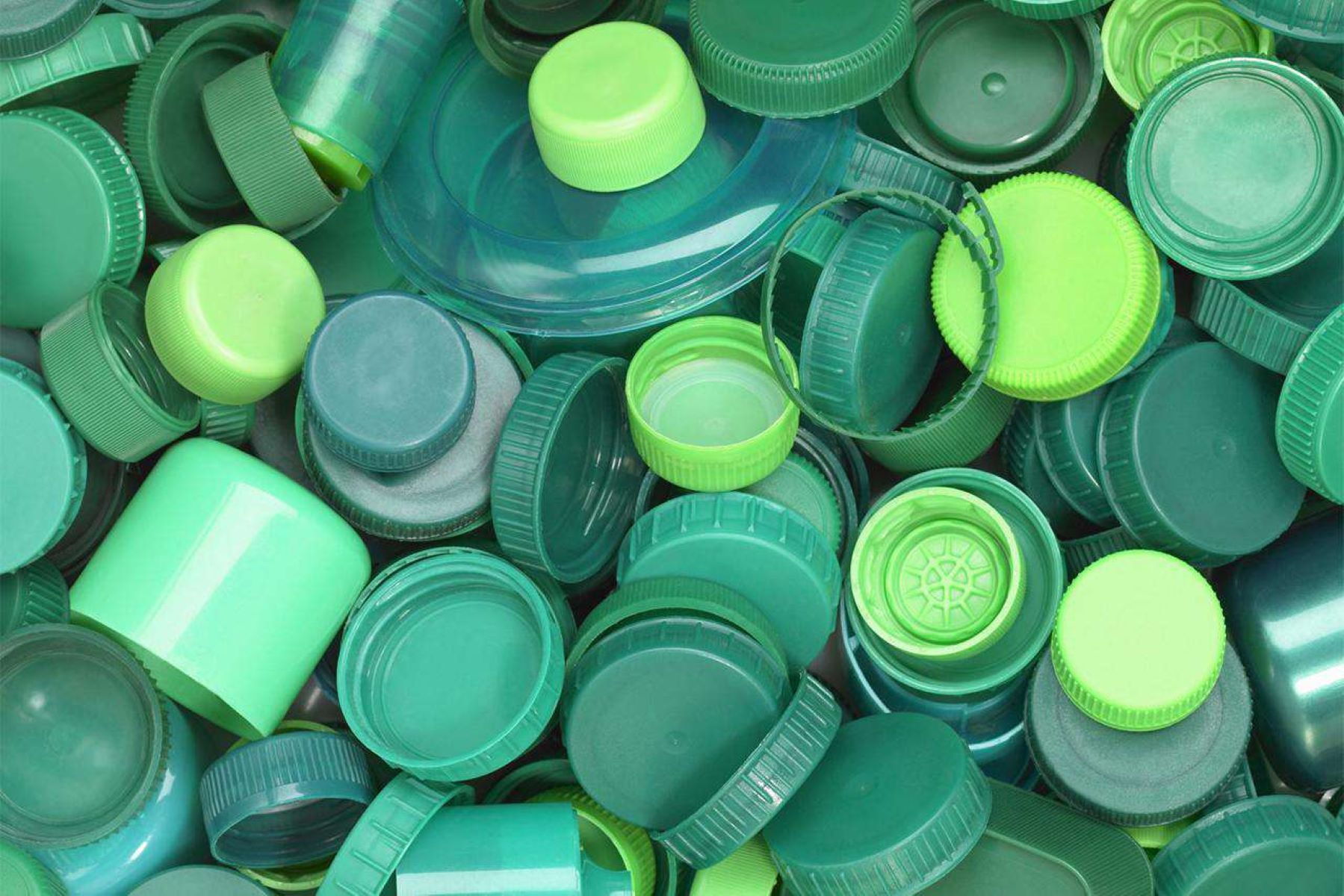

Articles
How To Store Plastic Lids
Modified: March 21, 2024
Learn how to store plastic lids and keep your kitchen organized with these helpful articles. Discover tips and tricks for maximizing space and avoiding clutter.
(Many of the links in this article redirect to a specific reviewed product. Your purchase of these products through affiliate links helps to generate commission for Storables.com, at no extra cost. Learn more)
Introduction
Plastic lids are a common item in most households, used for sealing containers and keeping food fresh. However, storing plastic lids can often be a challenge, as they can easily get misplaced or clutter up valuable kitchen space. If you find yourself constantly searching for the right lid or dealing with a messy lid drawer, it’s time to streamline your lid storage strategy. In this article, we will provide you with a step-by-step guide on how to store plastic lids efficiently and effectively.
By following these tips, you’ll be able to maintain an organized kitchen while ensuring easy access to your plastic lids whenever you need them. Let’s dive in!
Key Takeaways:
- Efficiently store plastic lids by cleaning, sorting, and stacking them in a vertical position. Utilize containers, drawer organizers, and labeling for easy access and a clutter-free kitchen.
- Maximize limited kitchen space by using inside cabinet doors, stackable containers, drawer dividers, tension rods, and alternative storage areas. Stay organized and efficient with strategic lid storage solutions.
Read more: How To Store Lids For Plastic Containers
Step 1: Clean and Dry Lids before Storage
Before you start organizing your plastic lids, it’s important to ensure that they are clean and dry. Leftover food or moisture on the lids can lead to unpleasant odors or even mold growth. Here’s how you can clean and dry your plastic lids:
- Separate the lids from their corresponding containers if they are still attached.
- Rinse the lids under warm water to remove any food residue.
- Use a gentle dish soap and a soft sponge to scrub away stubborn stains or greasy residue.
- Rinse the lids thoroughly to remove all soap residue.
- Pat the lids dry with a clean kitchen towel or let them air dry completely before moving on to the next step.
By ensuring that your lids are clean and dry, you can prevent any potential contamination and maintain the longevity of both the lids and the containers they belong to.
Step 2: Sort Lids by Size or Shape
Sorting your plastic lids by size or shape is an essential step in keeping your lid collection organized and easily accessible. Here’s how you can do it:
- Start by gathering all your plastic lids and placing them on a clean, flat surface.
- Group the lids together based on their size. You can create separate piles for small, medium, and large lids.
- If you prefer to sort them by shape, categorize the lids based on whether they are round, square, rectangular, or any other shape that is common in your collection.
- Consider using storage bins, dividers, or drawer organizers to keep the lid groups separated and easily identifiable.
Sorting your lids in this way will save you time and effort when you need to find a specific lid. Plus, it will also make it easier to match the lids with their corresponding containers in the next steps.
Step 3: Use a Container or Drawer Organizer
Once your plastic lids are sorted by size or shape, it’s time to find a suitable container or drawer organizer to keep them neatly stored. Here’s how you can choose the right storage solution:
- Measure the dimensions of your lids to determine the size of the storage container or organizer you’ll need.
- Consider using a clear plastic container with a lid for storing your lids. This will allow you to easily see the contents and find the lid you need without rummaging through a messy drawer.
- If you prefer to store your lids in a drawer, look for a drawer organizer with adjustable dividers. This will allow you to customize the compartments based on the size and shape of your lids.
- Alternatively, you can repurpose other household items such as plastic bins, magazine holders, or even a file organizer to keep your lids organized.
Choosing the right storage solution will help maximize the use of space while keeping your lids easily accessible. It’s important to find a solution that works best for your specific kitchen layout and lid collection.
Step 4: Stack Lids in a Vertical Position
Stacking your plastic lids in a vertical position is a smart storage technique that not only saves space but also allows for easy retrieval of the lids. Here’s how you can stack your lids effectively:
- Start with the largest lids and stack them one on top of the other, with the largest lid at the bottom.
- Place the lids in the storage container or drawer organizer with their open sides facing up.
- For round or circular lids, you can neatly stack them together by nesting one lid inside another.
- If your lids have handles or tabs, make sure they are aligned and facing the same direction for consistent stacking.
- Continue stacking the lids in size order until you’ve organized all of them.
By stacking the lids vertically, you’ll be able to maximize the use of space and easily see the lids at a glance. This method also ensures that you can quickly grab the lid you need without disturbing the rest of the stack.
Step 5: Store Lids with their Matching Containers
To ensure that you can easily find the right lid for each container, it’s essential to store the lids with their corresponding containers. Here’s how you can do it:
- Pair each plastic lid with its matching container based on size or shape.
- If possible, store the lid inside the container to prevent them from getting separated.
- If storing the lids separately from the containers is necessary, place them adjacent to each other in the same storage area.
- Choose a designated cabinet or shelf in your kitchen where you can keep all your containers and their matching lids in one place.
Storing lids with their containers will save you time and frustration when you need to find the right lid. Plus, it will also help you maintain an organized kitchen by keeping everything in its designated place.
Store plastic lids in a drawer organizer or a plastic bin to keep them organized and easily accessible. You can also use a file organizer to stand them up vertically for better visibility.
Step 6: Utilize a Lid Rack or Holder
If you have a large collection of plastic lids, using a lid rack or holder can be a great way to keep them organized and easily accessible. Here’s how you can utilize a lid rack or holder:
- Measure the available space in your kitchen cabinets or pantry to determine the size of the lid rack or holder you need.
- Choose a lid rack or holder that is specifically designed for plastic lids. Look for adjustable slots or dividers to accommodate lids of different sizes and shapes.
- Place the lid rack or holder in a convenient location within your storage area, such as a cabinet door or a dedicated section in the pantry.
- Insert the plastic lids into the slots or dividers based on size or shape, ensuring that they are secure and won’t easily topple over.
A lid rack or holder not only helps keep your lids organized but also prevents them from shifting or sliding around, minimizing the chances of them getting damaged. It also allows for easy visual identification and retrieval of the lids when you need them.
Step 7: Label Lids for Easy Identification
Labeling your plastic lids is a simple but effective way to ensure easy identification and prevent any confusion when retrieving them. Here’s how you can label your lids:
- Choose a labeling method that works best for you. You can use adhesive labels, permanent markers, or even color-coded stickers.
- Decide on a labeling system that suits your needs. For example, you can label lids according to the type of food they are commonly used for (e.g., “Leftovers,” “Snacks,” “Condiments,” etc.).
- Write or print clear and legible labels on the adhesive labels or directly on the lids themselves.
- Attach the labels to the lids or write directly on them, making sure the label is visible and won’t easily rub off.
- If using color-coded stickers, assign specific colors to different categories or sizes of lids.
By labeling your lids, you can quickly and easily identify the lid you need, saving you time and eliminating frustration when searching through a stack or container of lids.
Step 8: Store Lids in a Kitchen Cabinet or Pantry
To ensure easy access and keep your plastic lids organized, it’s recommended to store them in a designated kitchen cabinet or pantry. Follow these steps to effectively store your lids:
- Choose a cabinet or pantry shelf that is easily reachable and spacious enough to accommodate your lid collection.
- If possible, clear out any unnecessary items or clutter from the chosen area to create more space.
- Consider installing small shelves or dividers within the cabinet or pantry to maximize vertical storage.
- Arrange your lid storage containers or organizers in the designated space, ensuring they fit snugly and securely.
- Place the lids inside the containers or organizers according to size, shape, or any other sorting method you prefer.
- Make sure to leave enough room between containers to allow for easy retrieval of the lids.
Storing your plastic lids in a designated cabinet or pantry shelf helps keep your kitchen organized and prevents the lids from taking up valuable counter space. It also ensures that the lids are easily accessible whenever you need them, saving you time and effort in the kitchen.
Step 9: Tips for Storing Lids in Limited Space
If you have limited kitchen space, storing your plastic lids can be a bit challenging. However, with some strategic planning and organization, you can effectively store your lids even in tight spaces. Here are some tips to consider:
- Utilize the inside of cabinet doors: Attach adhesive hooks or a small wire rack to the inside of your cabinet doors to hang the lids. This makes use of otherwise unused space.
- Invest in stackable containers: Look for storage containers that are stackable, allowing you to maximize vertical space. This way, you can stack multiple containers with their matching lids on top of each other.
- Consider drawer dividers: If you have a drawer designated for storing plastic lids, using dividers can help create compartments for each size or shape. This prevents the lids from sliding around and keeps them neatly organized.
- Use tension rods: Install a tension rod vertically in a cabinet or pantry shelf and hang the lids on it. This creates a vertical storage solution that saves horizontal space.
- Think outside the kitchen: If kitchen space is truly limited, consider storing your lids in another area of your home, such as a utility closet or a storage room. Use labeled bins or containers to keep them organized.
By implementing these tips, you can make the most of your available space and keep your plastic lids well-organized, even in limited kitchen areas. Adapt these strategies to fit your specific kitchen layout and storage needs.
Conclusion
Storing plastic lids may seem like a small task, but it plays a significant role in maintaining an organized and functional kitchen. With the help of these step-by-step tips, you can efficiently store your plastic lids and avoid the frustration of searching for the right lid when you need it.
Remember to start by cleaning and drying your lids before storage to ensure their longevity. Sort the lids by size or shape, and then use a container or drawer organizer to keep them neatly stored. Stacking the lids in a vertical position maximizes space and allows for easy access. Store the lids with their matching containers or utilize a lid rack or holder for additional organization.
Labeling the lids further enhances convenience and ensures quick identification. If you have limited space, consider utilizing the inside of cabinet doors, investing in stackable containers, or using drawer dividers. And if necessary, find alternative storage areas outside the kitchen.
By following these guidelines, you can create a well-organized lid storage system that saves you time, reduces clutter, and enhances the functionality of your kitchen. Say goodbye to searching for misplaced lids and embrace the ease and efficiency of a well-organized plastic lid collection.
Frequently Asked Questions about How To Store Plastic Lids
Was this page helpful?
At Storables.com, we guarantee accurate and reliable information. Our content, validated by Expert Board Contributors, is crafted following stringent Editorial Policies. We're committed to providing you with well-researched, expert-backed insights for all your informational needs.
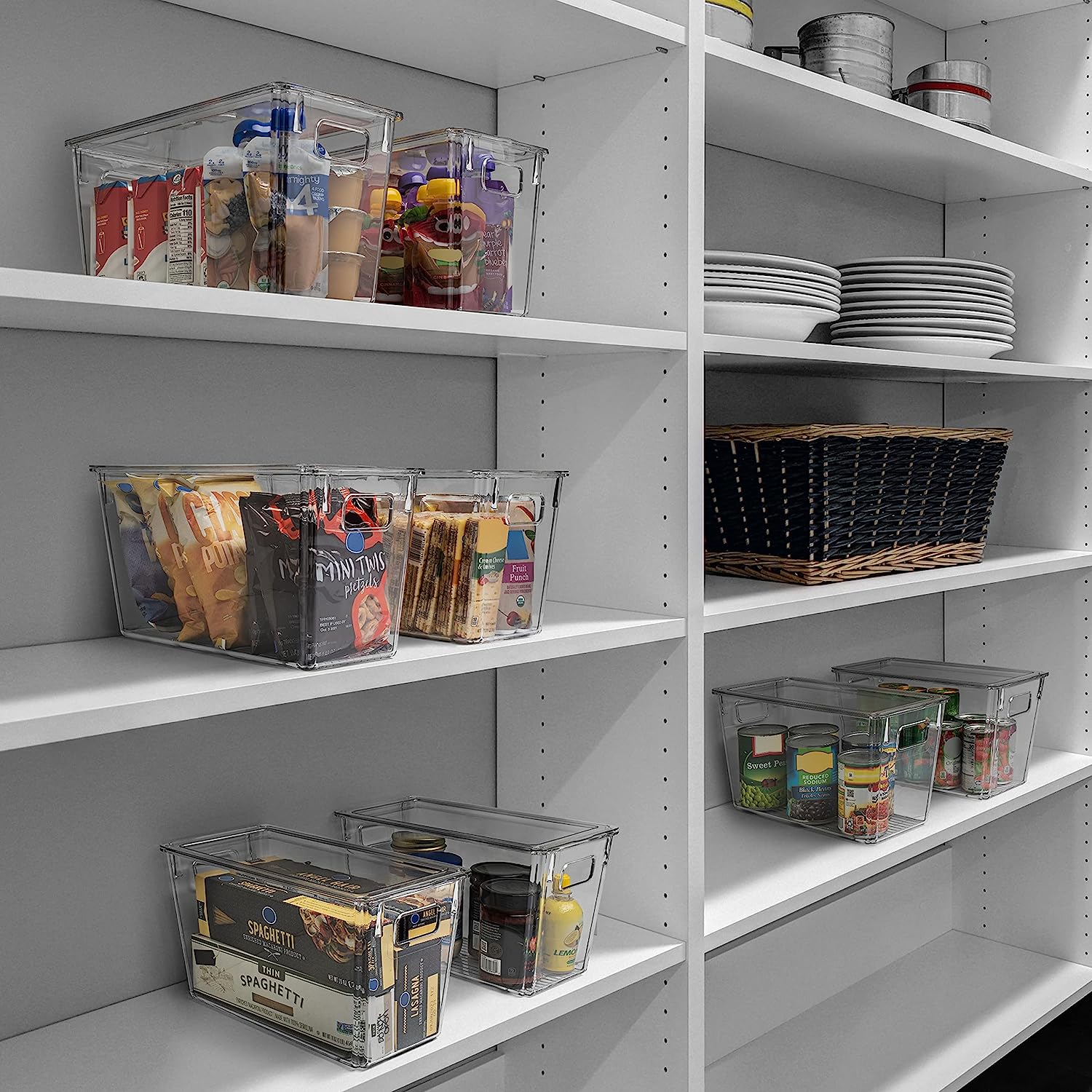
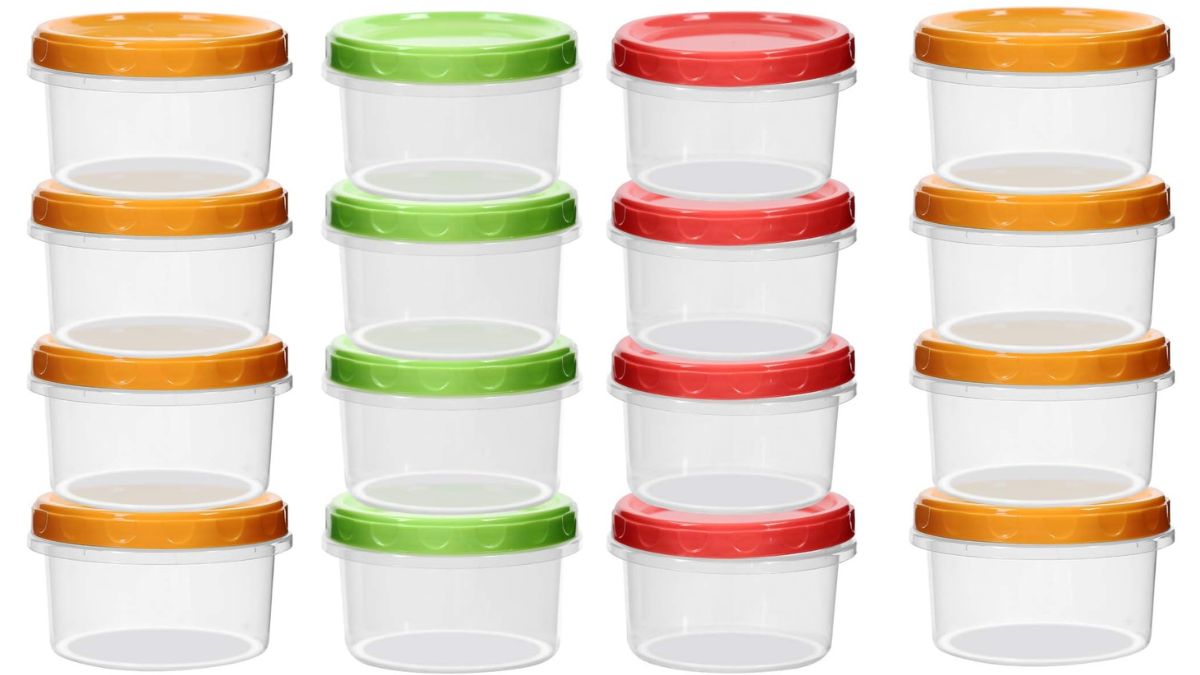
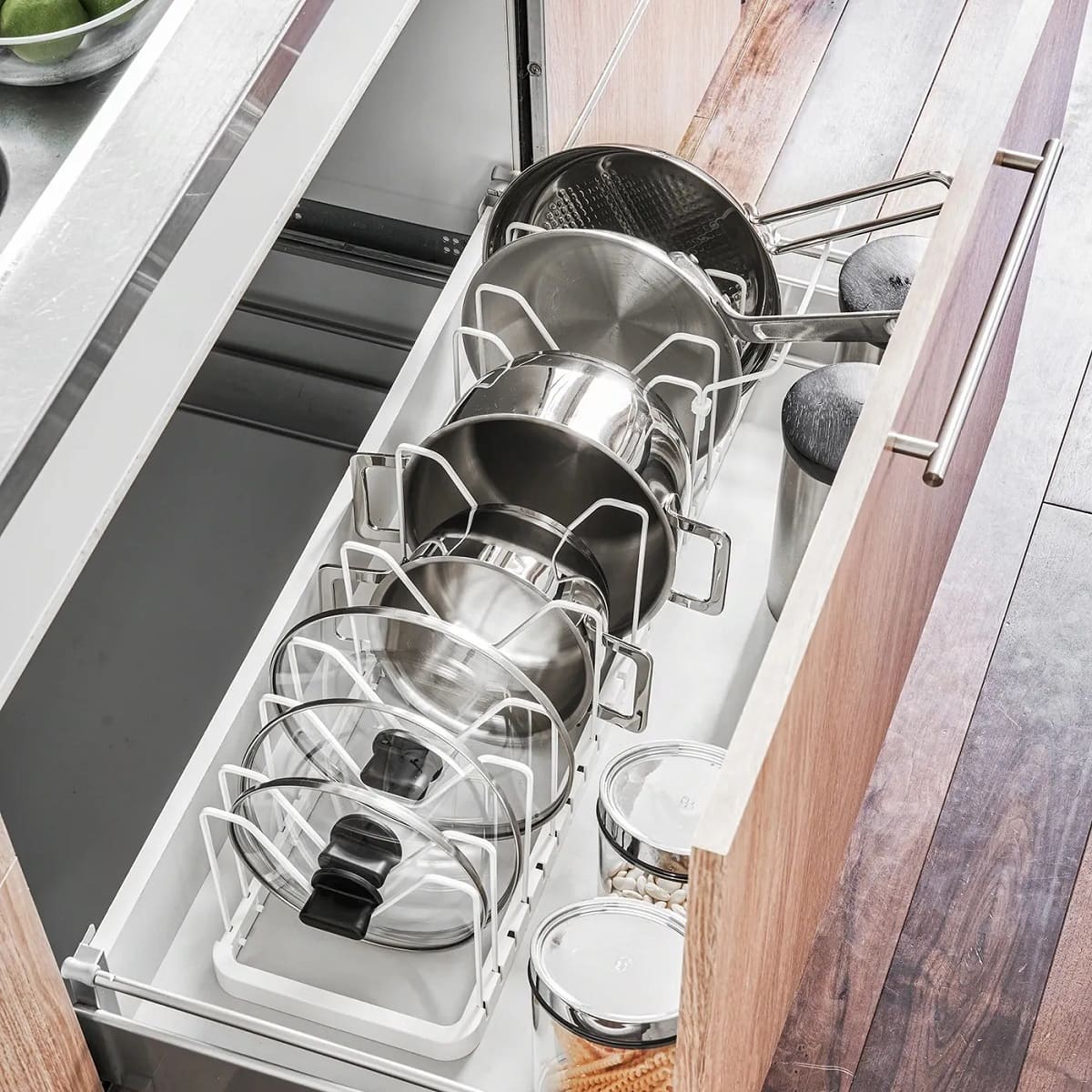
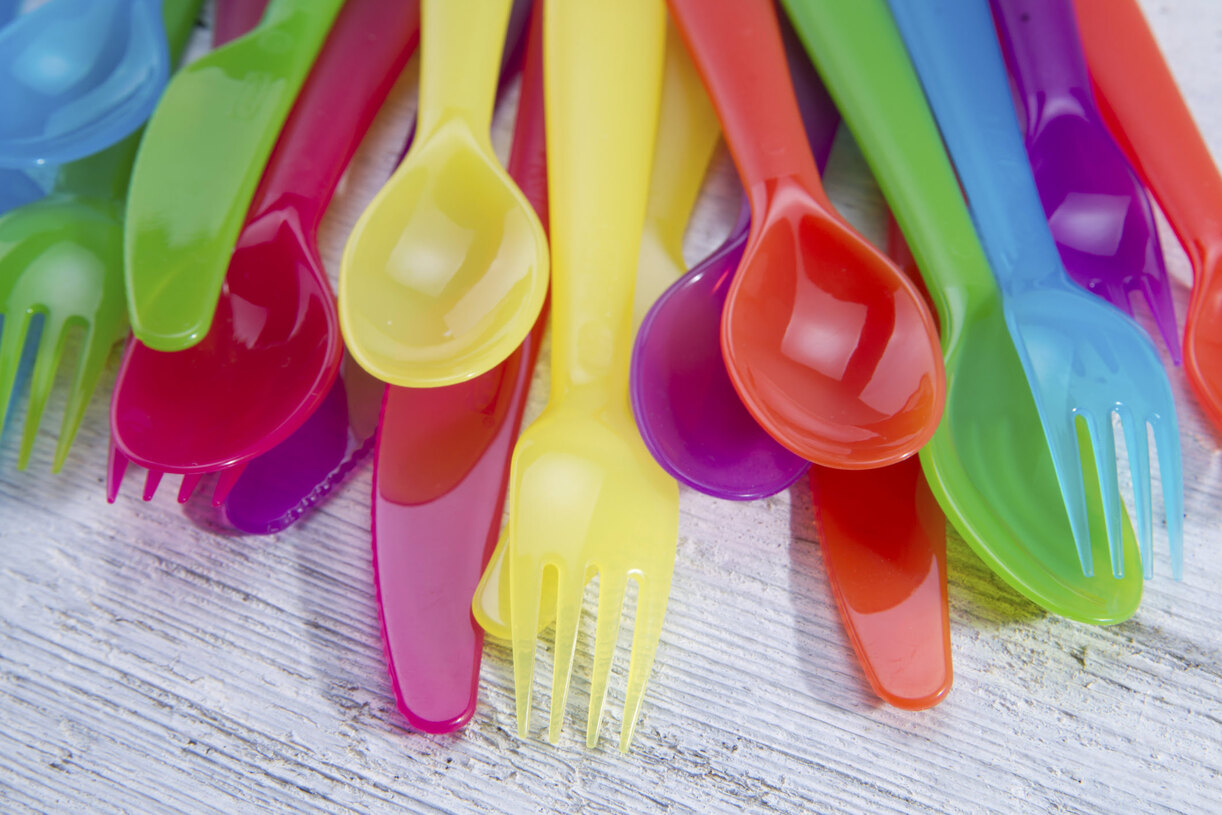
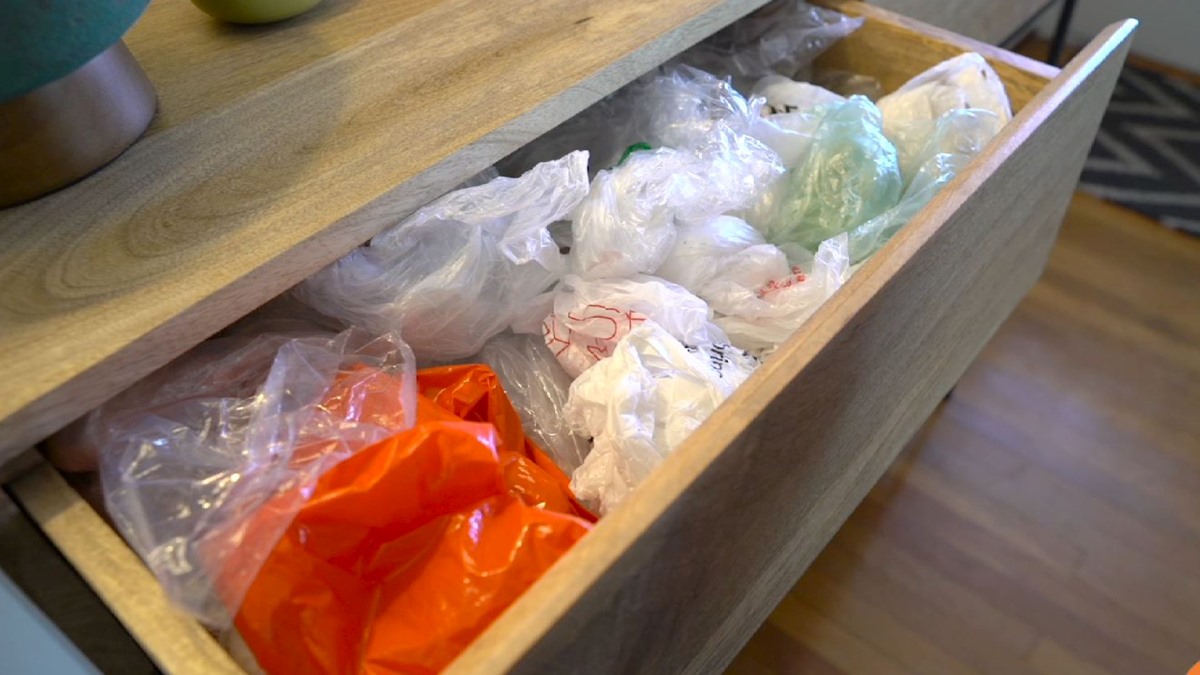
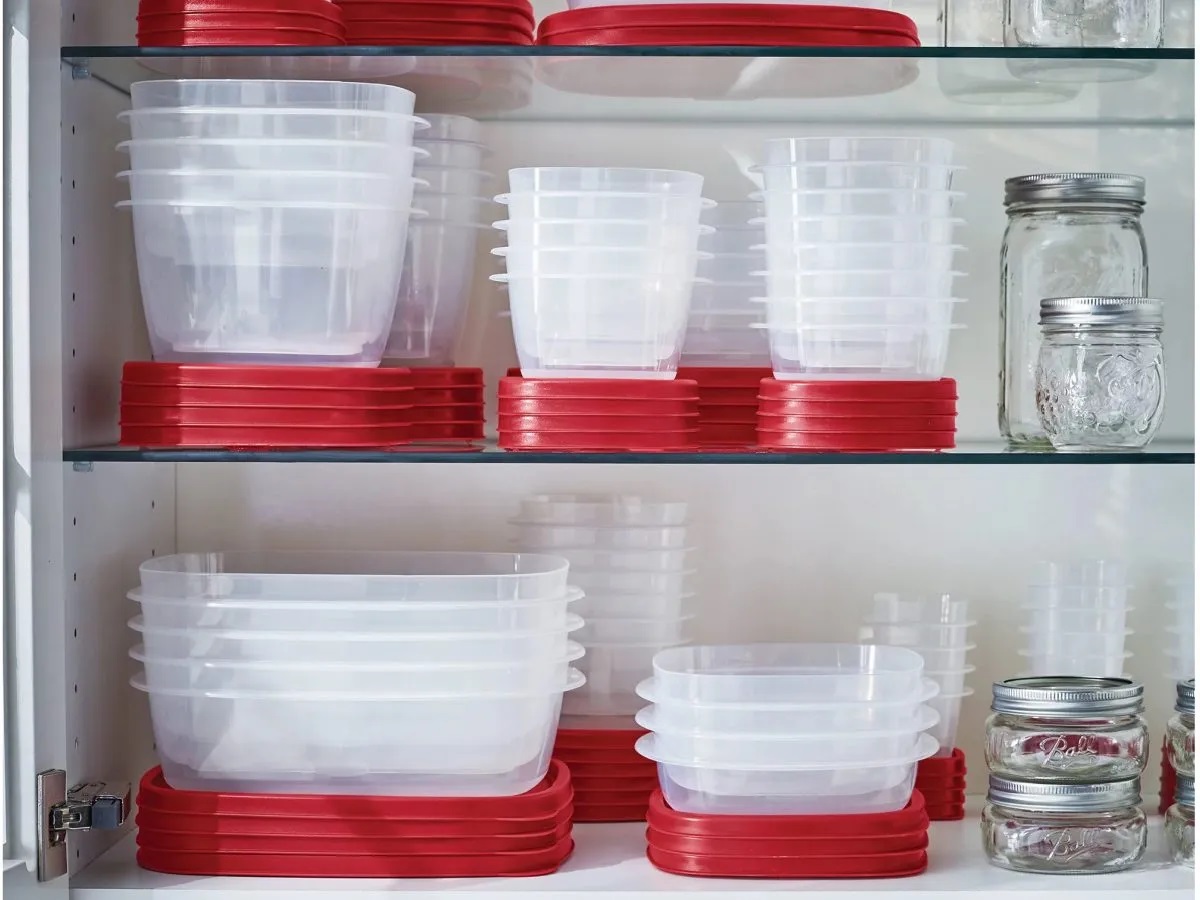
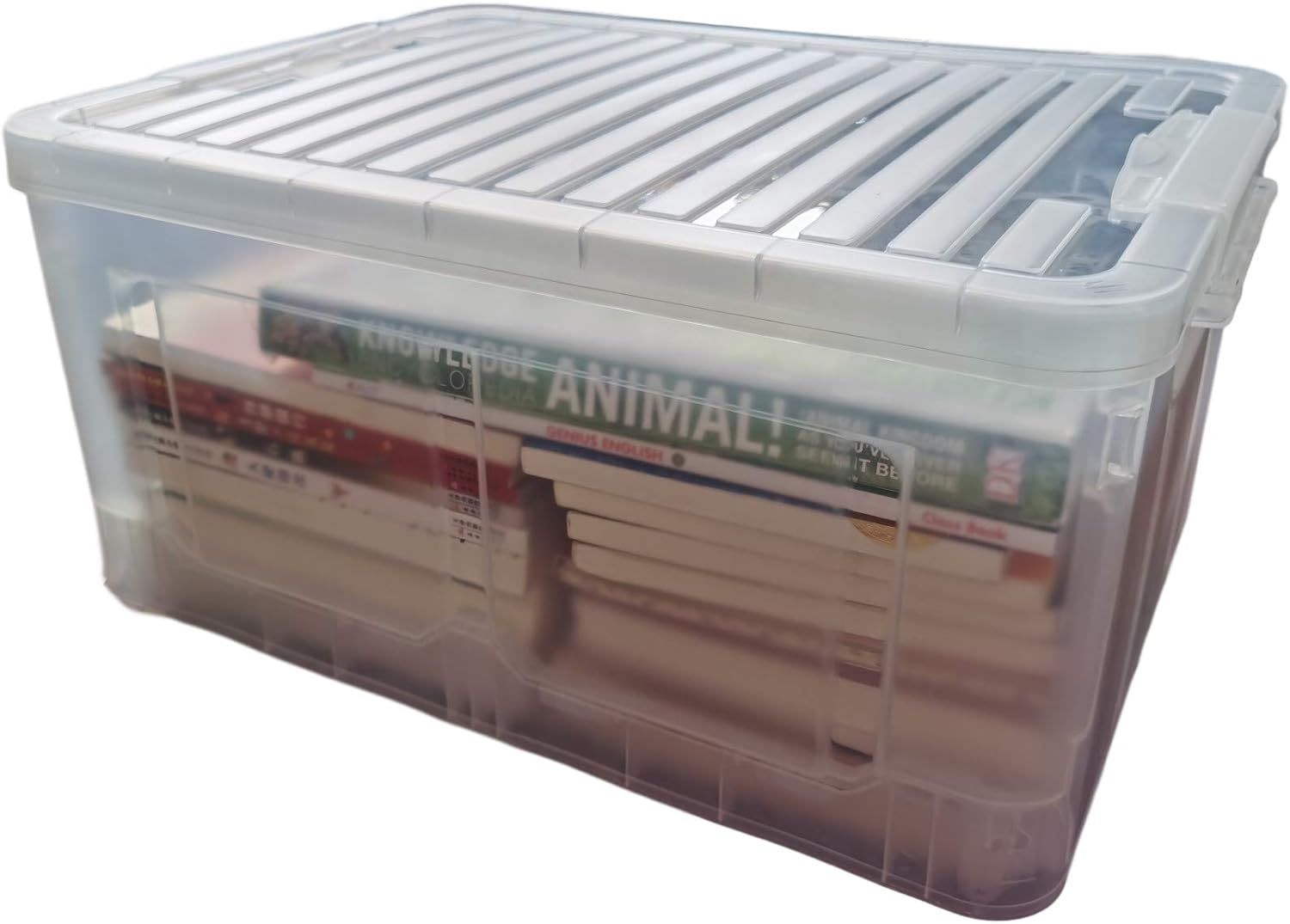

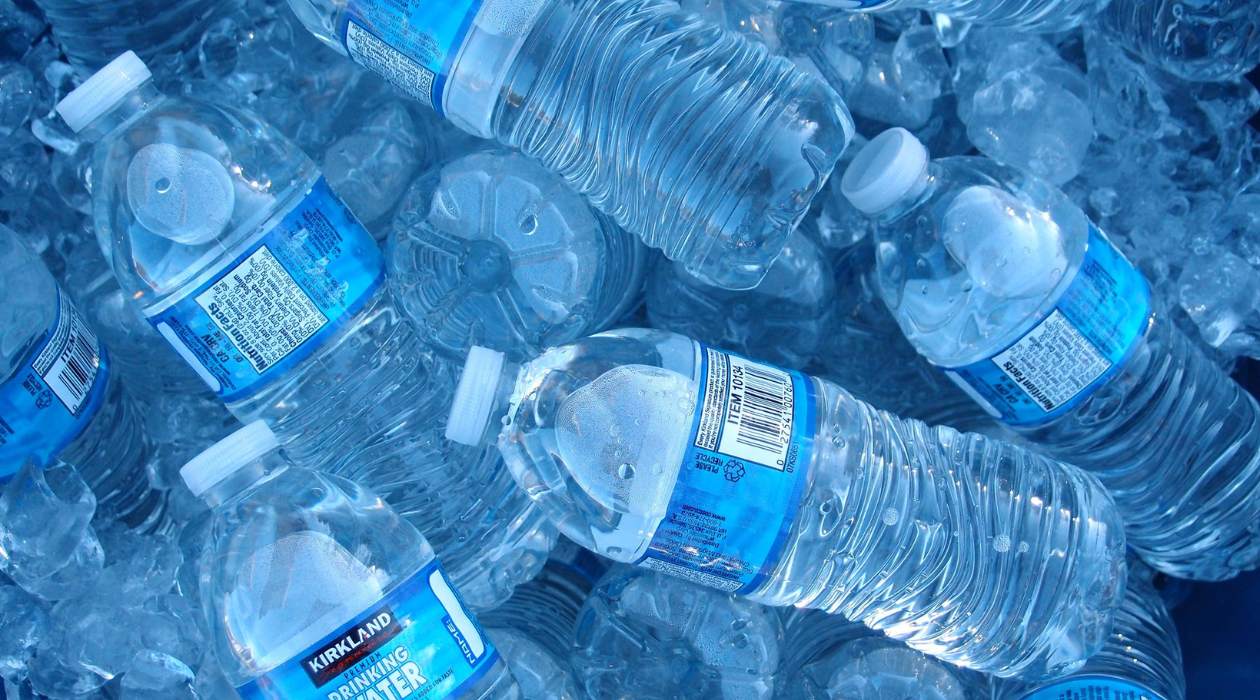
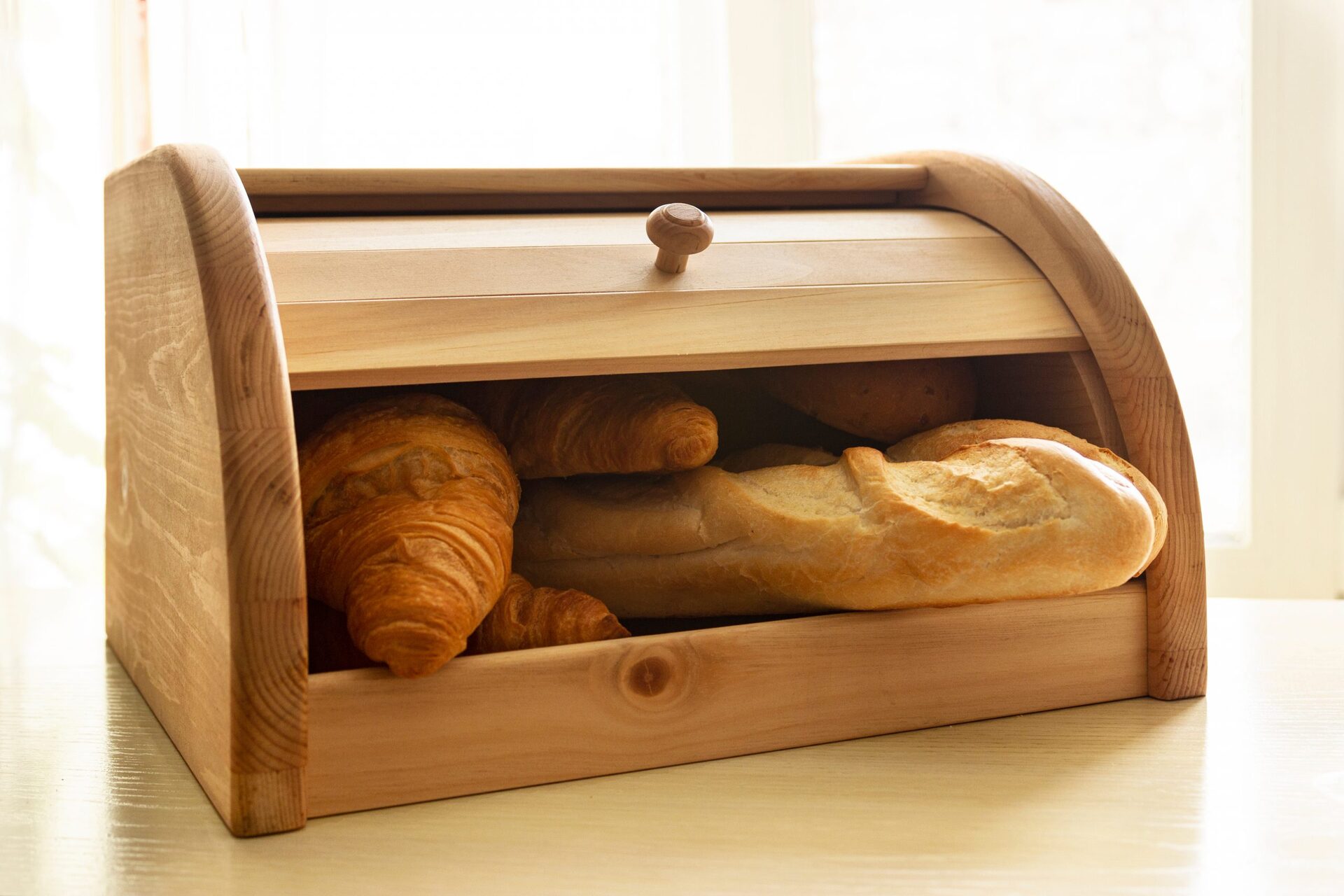
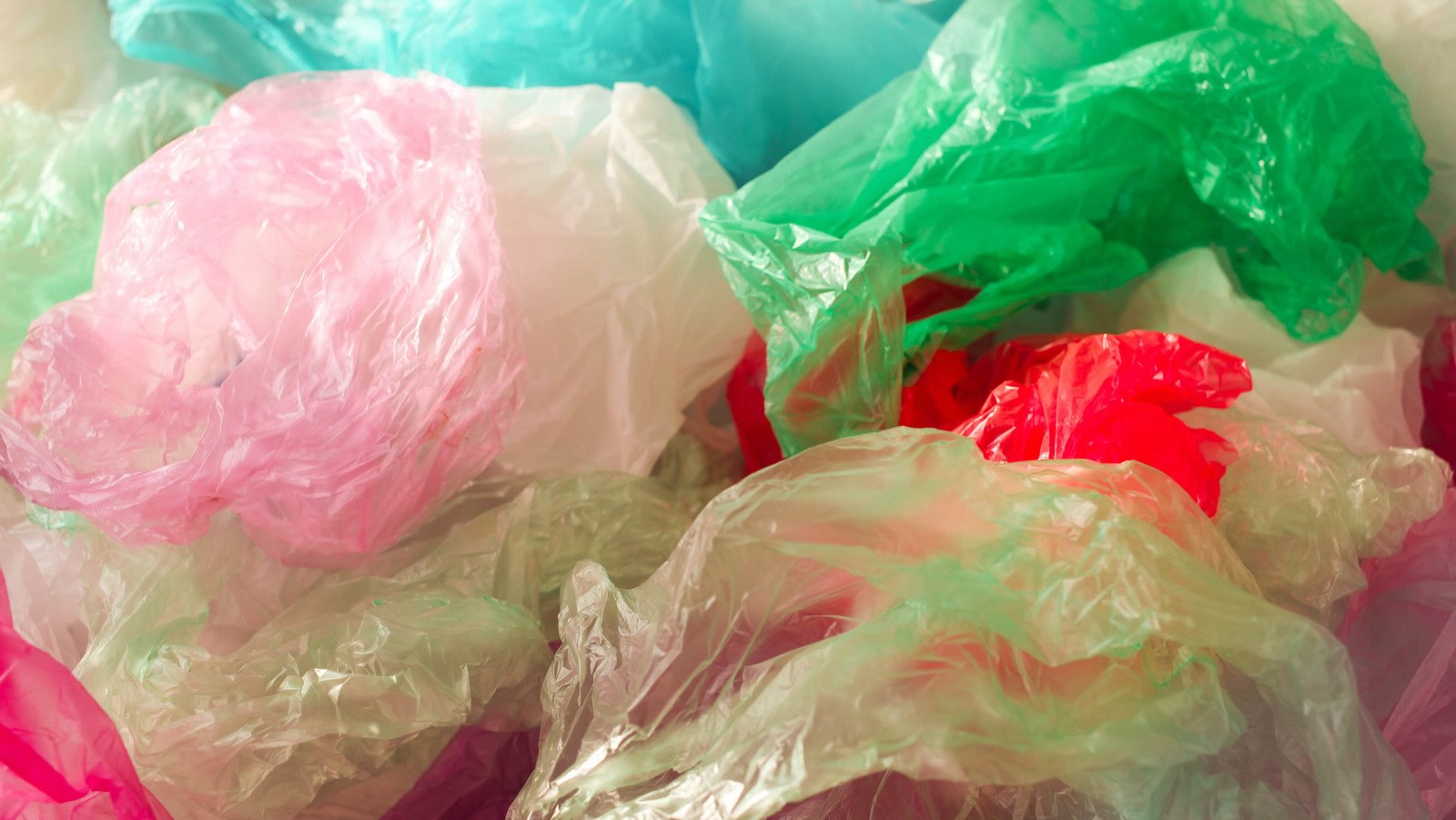
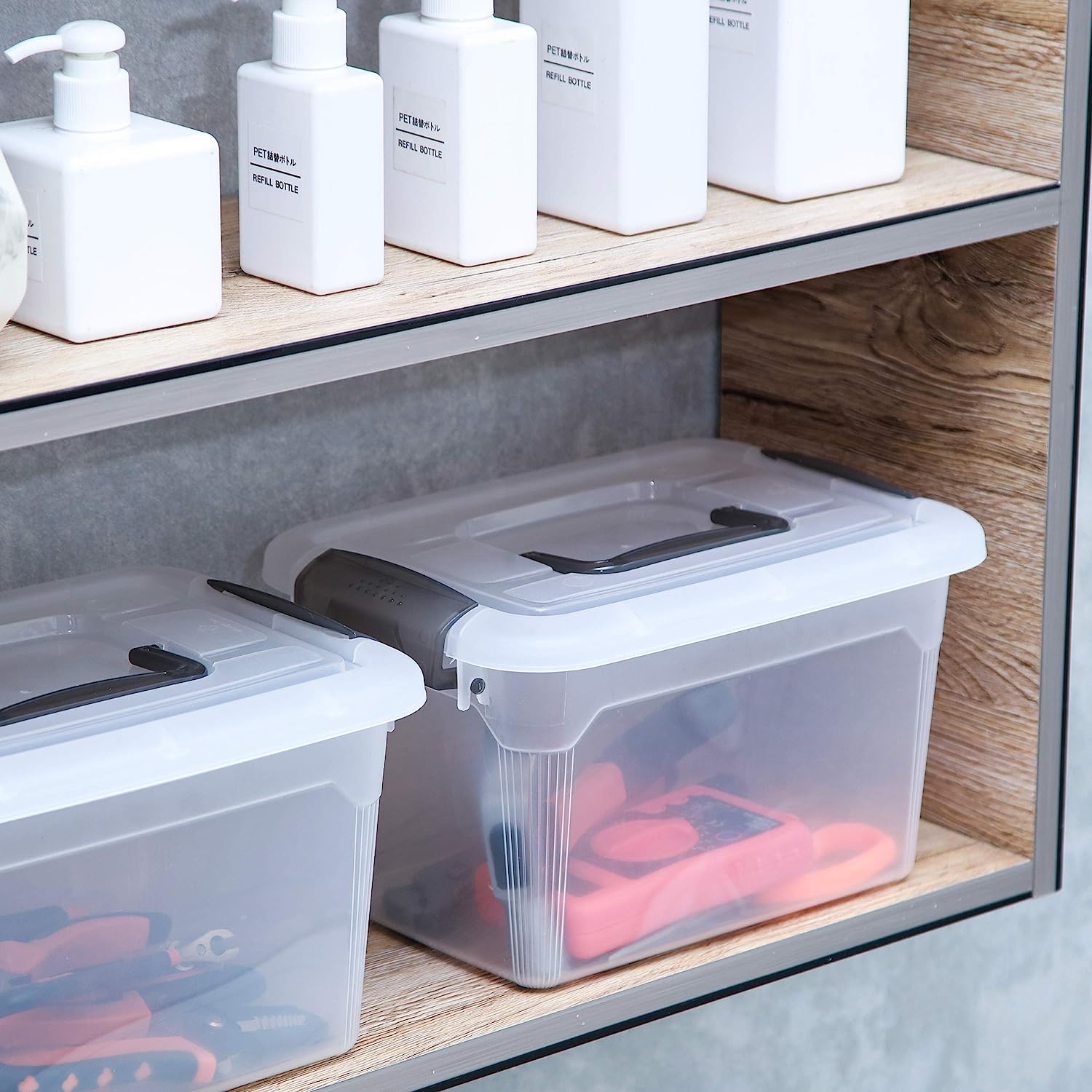
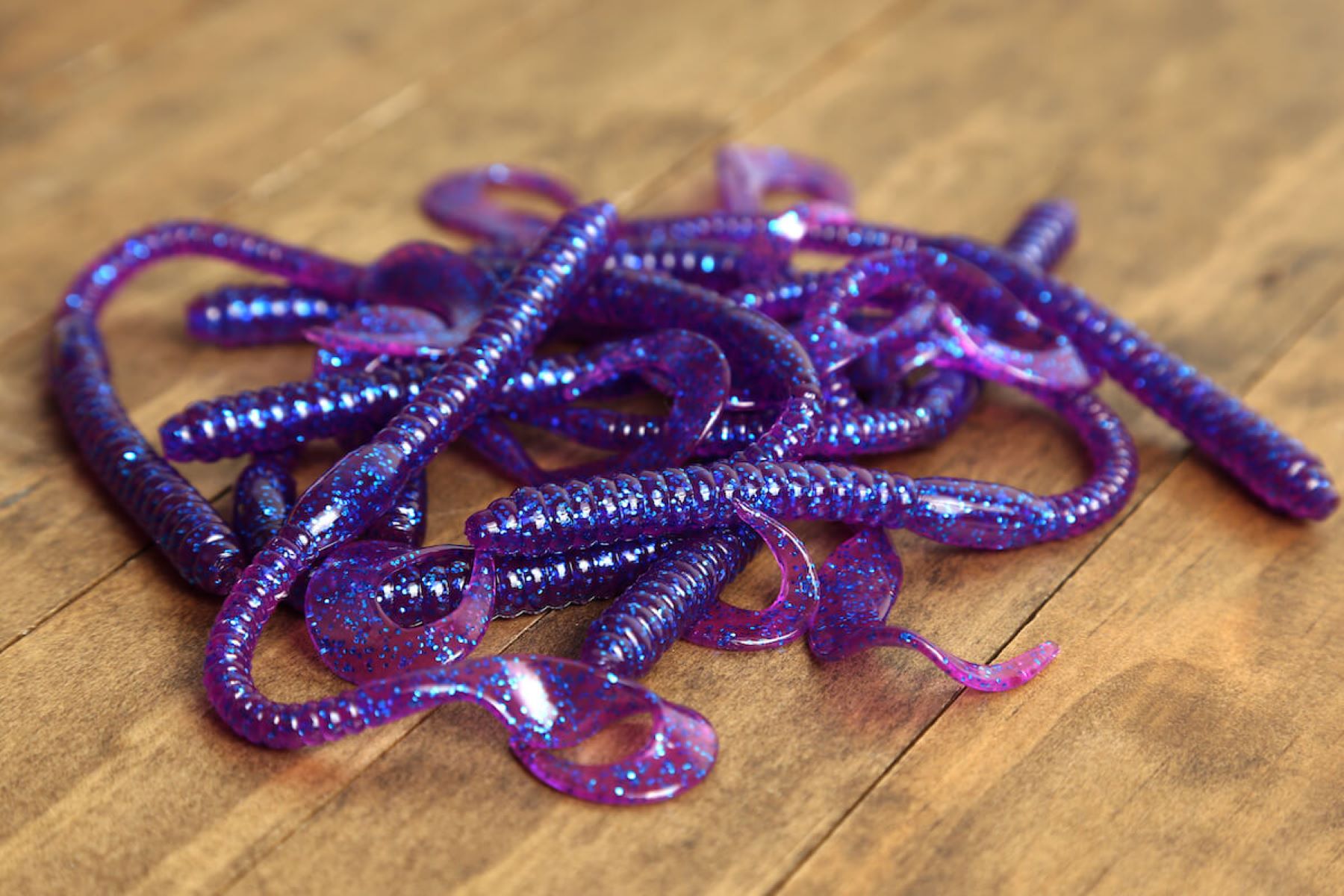

0 thoughts on “How To Store Plastic Lids”